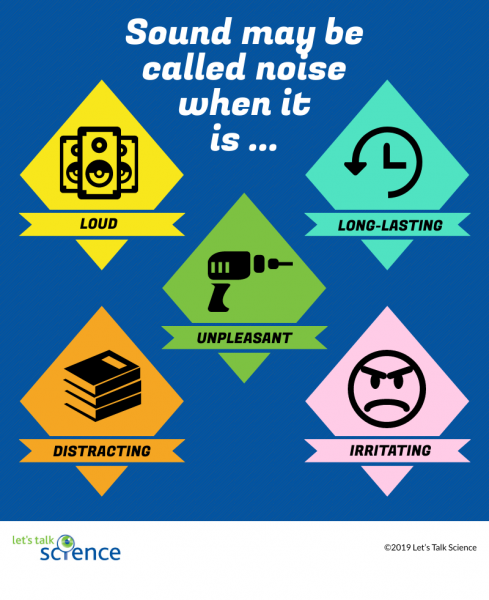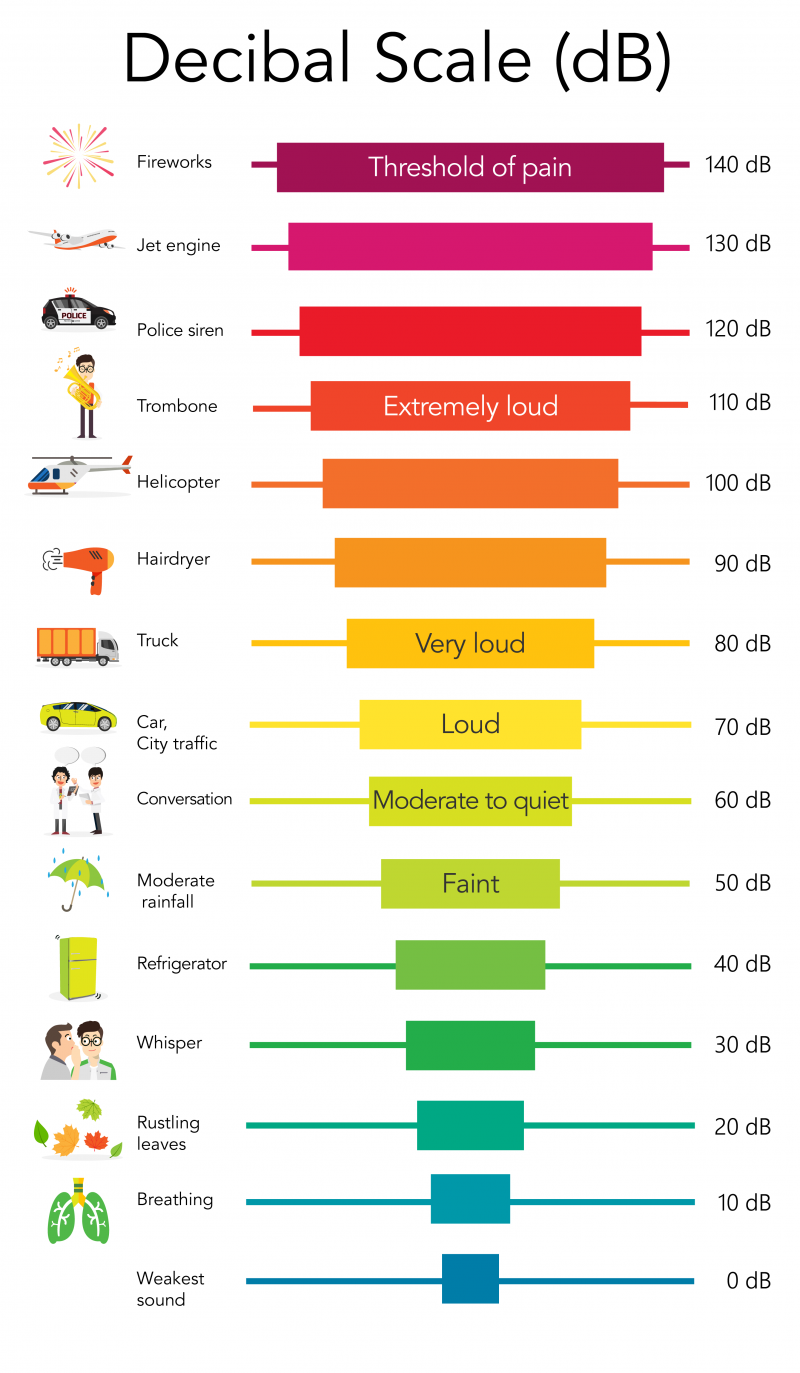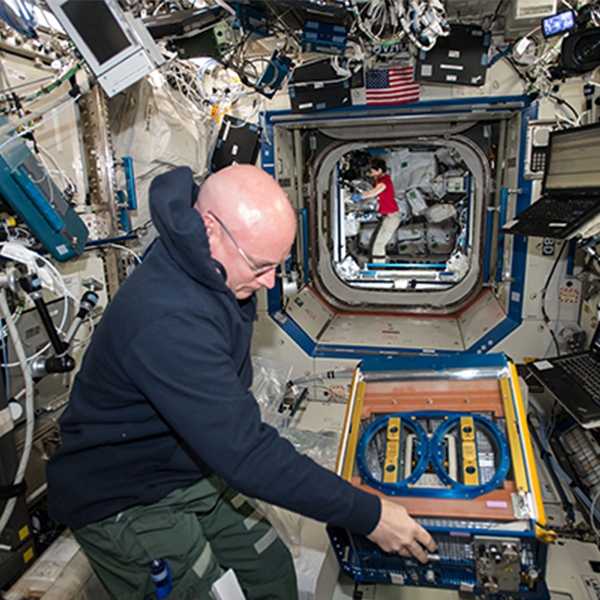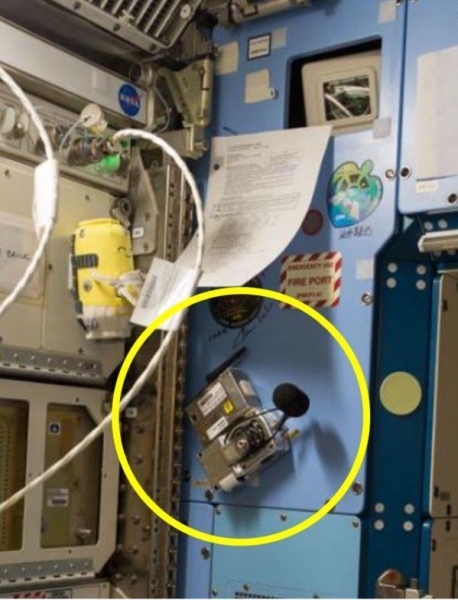Noise on Earth and on the International Space Station
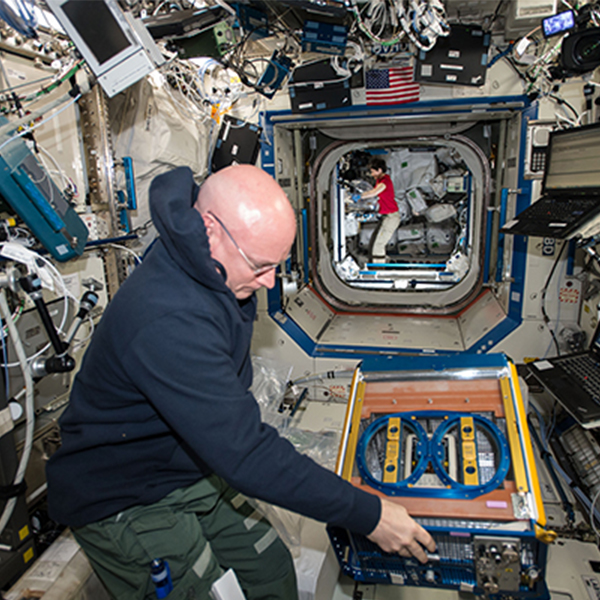
Inside the Destiny Laboratory Module on board the International Space Station (NASA)

Inside the Destiny Laboratory Module on board the International Space Station (NASA)
7.61
How does this align with my curriculum?
BC
11
Earth Sciences 11 (June 2018
Big Idea: Astronomy seeks to explain the origin and interactions of Earth and its solar system.
ON
12
Earth and Space Science, Grade 12, University (SES4U)
Strand C: Planetary science (Science of the Solar System)
